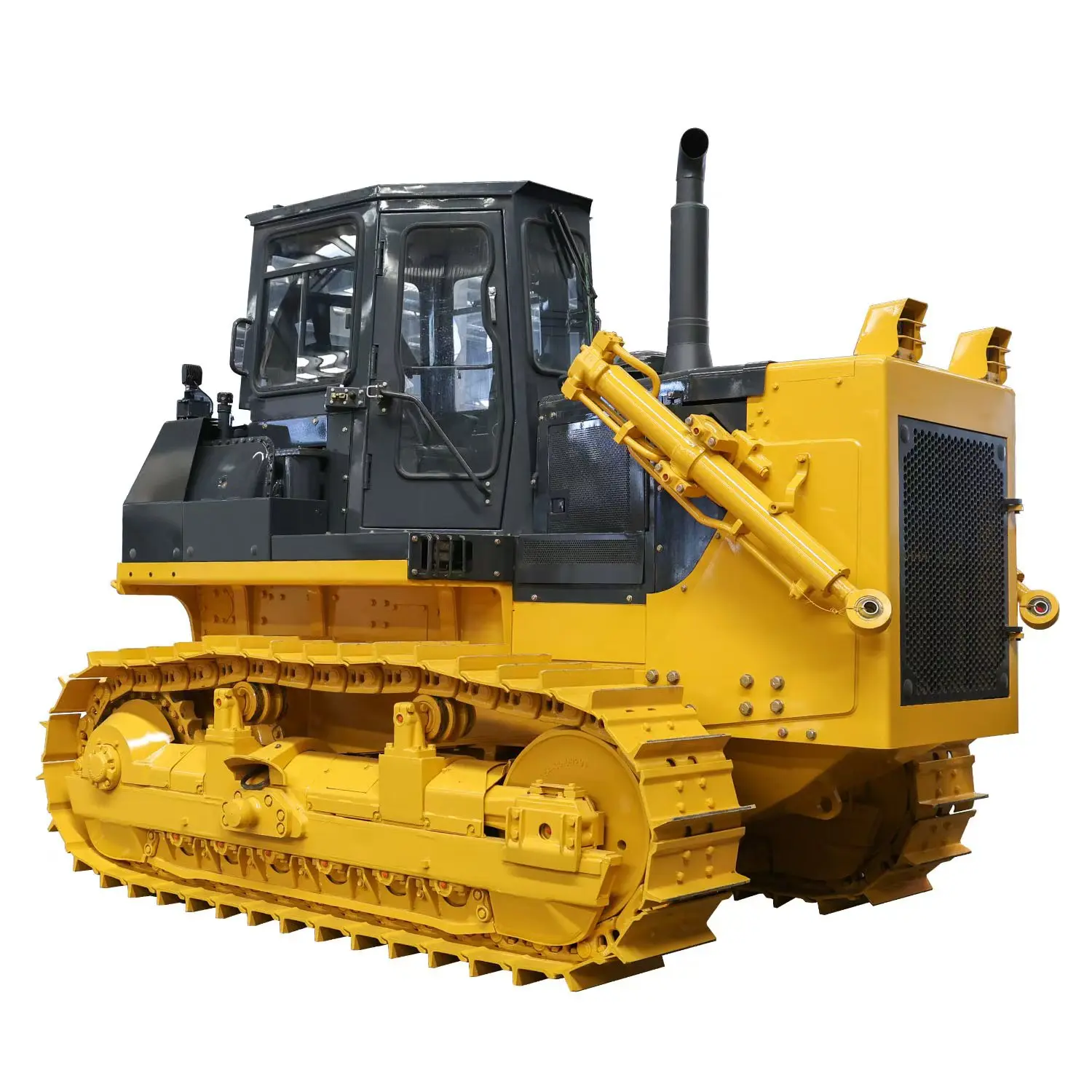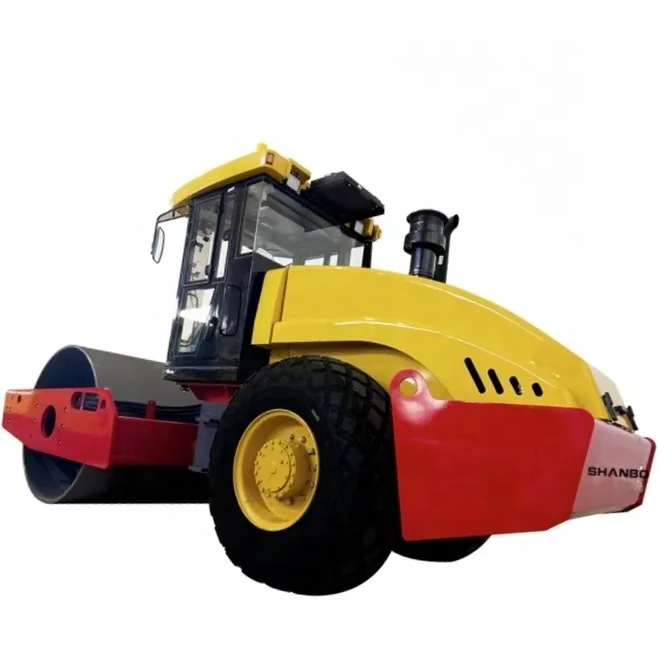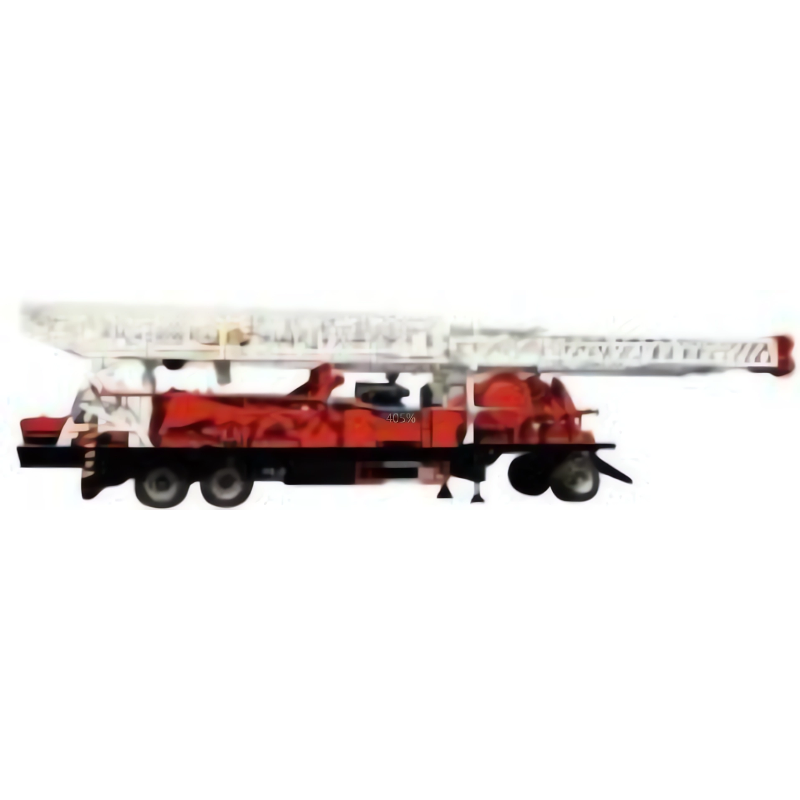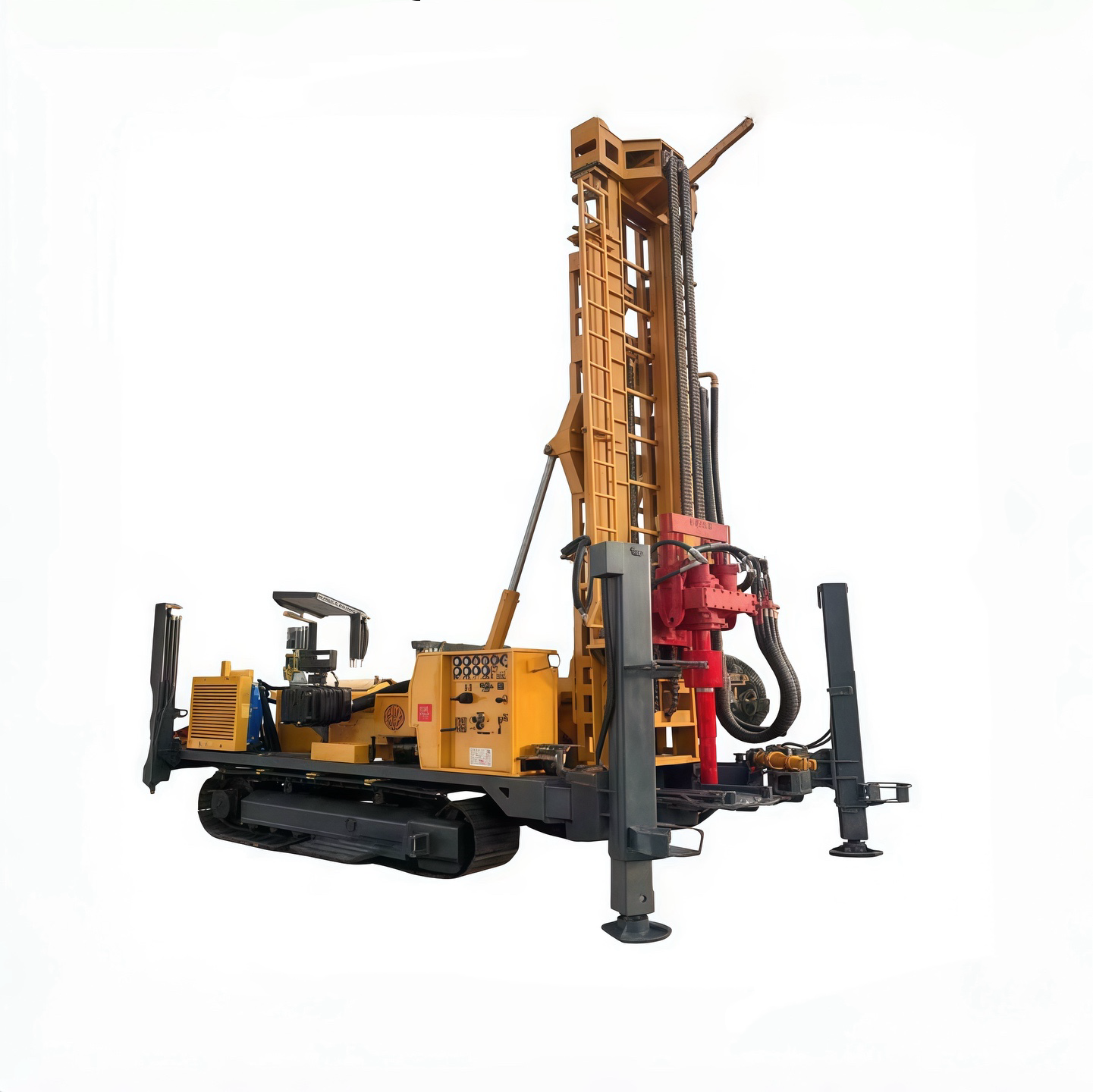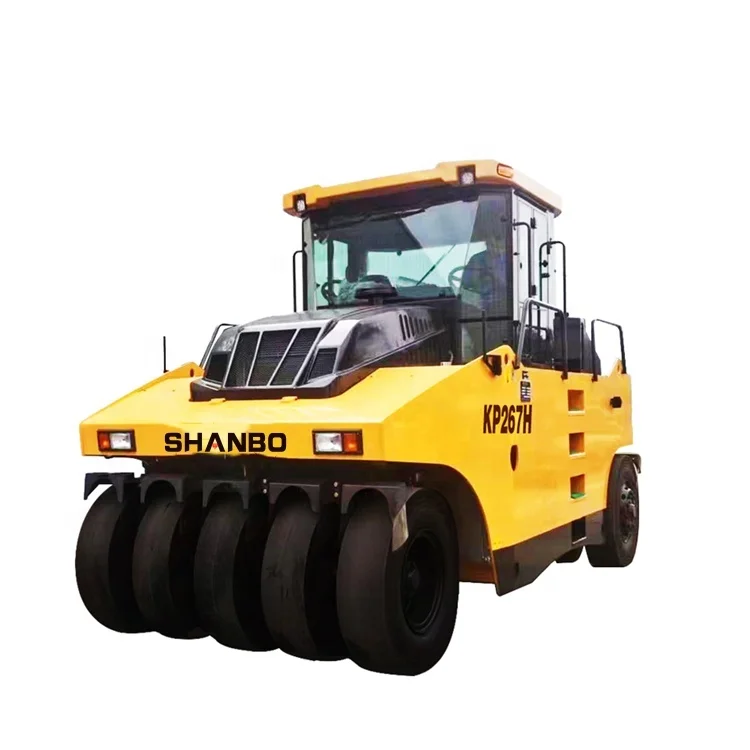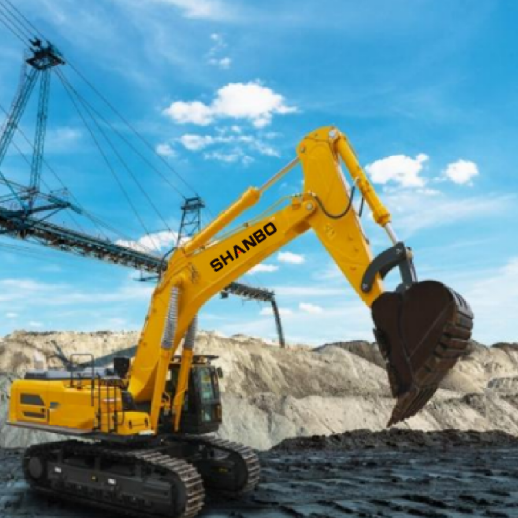Wichtige Bulldozer-Wartungstipps zur Verlängerung der Maschinenlebensdauer
Bulldozer sind die Arbeitstiere bei Großbauprojekten, im Bergbau und bei der Erschließung von Flächen, da sie eine unübertroffene Leistung und Vielseitigkeit bieten. Ihre Leistungsfähigkeit und Lebensdauer hängen jedoch vollständig von einer ordnungsgemäßen Wartung ab. Wenn die regelmäßige Wartung versäumt wird, entstehen kostspielige Reparaturen, unerwartete Ausfallzeiten und die Lebensdauer der Maschine verkürzt sich.
Durch eine proaktive Wartungsstrategie können Sie die Leistung Ihres Bulldozers optimieren, die Betriebskosten senken und die Zuverlässigkeit über mehrere Jahre hinweg gewährleisten. In diesem Artikel geben wir Ihnen wichtige Wartungstipps zur Maximierung der Lebensdauer Ihres Bulldozers, einschließlich regelmäßiger Inspektionen, planmäßiger Wartungen und Best-Practice-Methoden für optimale Leistung.
Die Bedeutung regelmäßiger Wartung
Regelmäßige Wartung ist erforderlich, um einen Bulldozer in bester Form zu halten. Diese Maschinen unterliegen enormen Belastungen durch schwere Lasten, unwegsames Gelände und lange Betriebszeiten, was zu einer Beschädigung kritischer Komponenten führen kann.
Ein gut gewarteter Bulldozer arbeitet nicht nur gleichmäßiger, sondern erhöht auch die Sicherheit, spart Kraftstoff und vermeidet kostspielige Ausfälle. Die Investition von Zeit und finanziellen Mitteln in die Wartung hilft, teure Reparaturen zu vermeiden, verlängert die Lebensdauer der Maschine und sorgt dafür, dass Sie Ihren Geldwert erhalten.
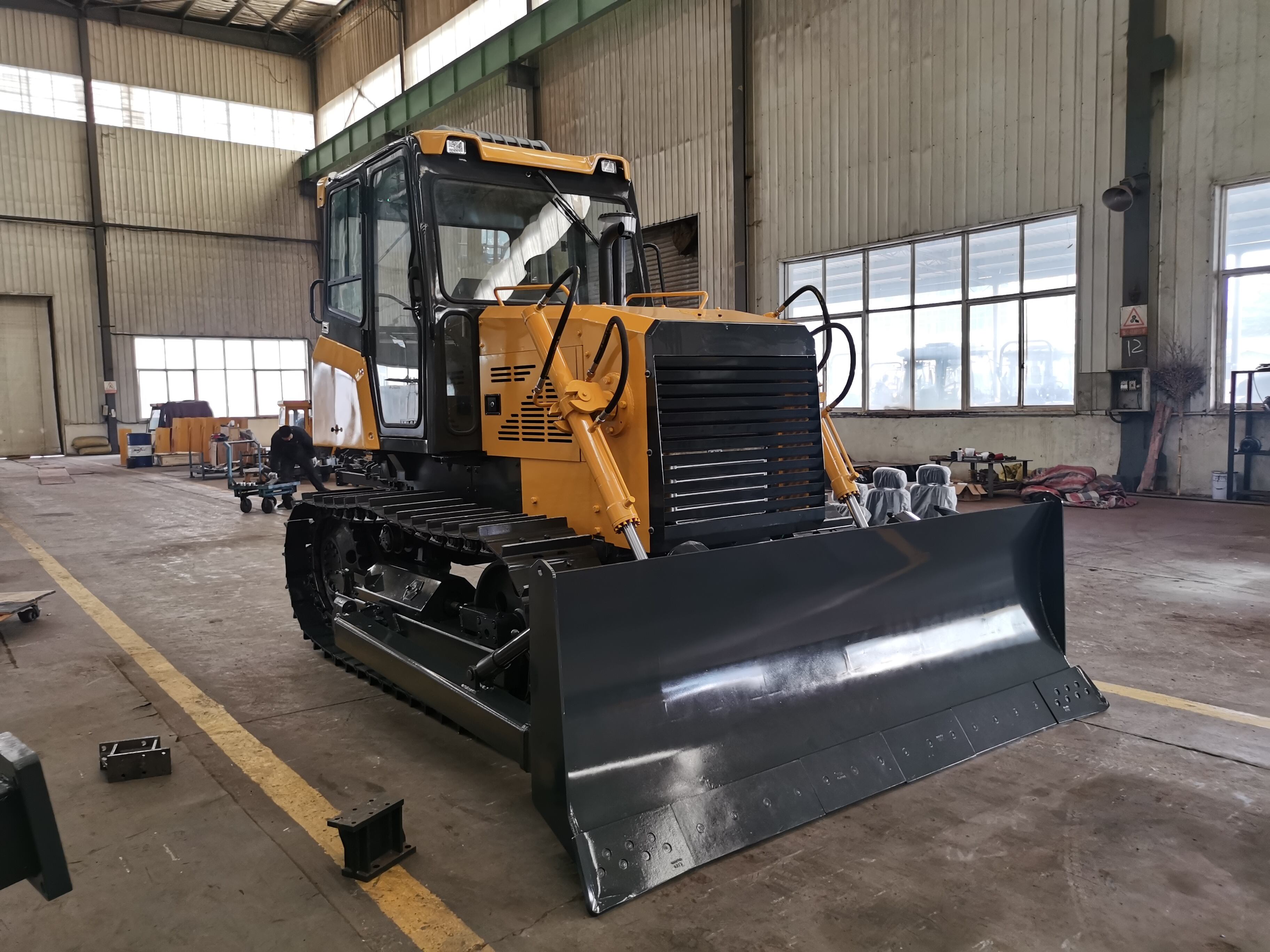
Tägliche Inspektionen für optimale Leistung
Tägliche Prüfungen bilden die Grundlage der Bulldozer-Wartung. Gründliche Kontrollen vor und nach dem Einsatz helfen, potenzielle Probleme frühzeitig zu erkennen und zu verhindern, dass kleine Mängel sich verschlimmern.
Prüfe Flüssigkeitsstände
Flüssigkeiten sind die Lebensader des Bulldogs: Sie sorgen für einen reibungslosen Motorlauf sowie für Hydraulik und Getriebe. Überprüfen Sie täglich Motoröl, Hydraulikflüssigkeit, Kühlflüssigkeit und Kraftstoff. Verschmutzte oder unzureichende Flüssigkeitsstände können zu Überhitzung, Leistungsabfall oder Bauteildefekten führen. Füllen Sie bei Bedarf die empfohlenen Flüssigkeitstypen nach und achten Sie darauf, Verunreinigungen durch geeignete Vorsichtsmaßnahmen zu vermeiden.
Prüfen Sie Ketten und Fahrwerk
Bei Raupenbulldozern sind die Ketten und der Fahrwerkunterbau kritische Teile, die starken Belastungen ausgesetzt sind. Überprüfen Sie die Ketten auf Verschleiß, wie Risse, fehlende Abschnitte oder ungleichmäßige Spannung. Untersuchen Sie den Fahrwerkunterbau auf lose Schrauben, gebrochene Rollen oder starke Ablagerungen von Schmutz. Regelmäßige Reinigung des Fahrwerkunterbaus verhindert, dass sich Schmutz ansammelt und vorzeitigen Verschleiß sowie eingeschränkte Beweglichkeit verursacht.
Prüfen Sie die Schaufel und Anbauteile
Die Schaufel und alle Anbauteile wie Zerhacker (Ripper) sollten auf Beschädigungen, Verschleiß oder lose Verbindungen überprüft werden. Achten Sie auf Risse, Dellen oder übermäßigen Verschleiß an den Schneidkanten, da diese die Effizienz verringern und die Maschine zusätzlich belasten können. Lockere Schrauben sollten sofort festgezogen und verschlissene Komponenten ersetzt werden, um eine optimale Leistung sicherzustellen.
Prüfen Sie Filter und Lüftungsöffnungen
Luft-, Kraftstoff- und Hydraulikfilter entfernen Schmutz aus kritischen Systemen. Überprüfen Sie die Filter täglich auf Verstopfungen oder Schmutzansammlungen und reinigen oder ersetzen Sie sie bei Bedarf. Halten Sie Belüftungen und Entlüfter sauber, um den richtigen Druck und eine ordnungsgemäße Kühlung sicherzustellen. Saubere Filter schonen den Kraftstoffverbrauch und verhindern Motorschäden durch Staub oder Ablagerungen.
Geplante Wartung für langfristige Zuverlässigkeit
Zusätzlich zu regelmäßigen Inspektionen ist eine planmäßige Wartung gemäß dem vom Hersteller vorgegebenen Zeitplan erforderlich, um eine optimale Lebensdauer des Bulldozers sicherzustellen. Befolgen Sie den empfohlenen Serviceplan für Ihre Maschine, der in der Regel im Bedienungshandbuch enthalten ist, um alle Systeme auf optimalem Niveau zu halten.
Motorwartung
Der Motor ist das Herz des Bulldozers, und regelmäßige Wartung ist der Schlüssel zu seiner Langlebigkeit. Wechseln Sie das Motoröl und die Filter in den empfohlenen Intervallen, um Ablagerungen zu vermeiden und eine ausreichende Schmierung sicherzustellen. Prüfen Sie das Kühlsystem, einschließlich Kühler und Schläuche, auf Lecks und Verstopfungen. Ein sauberes und gut gewartetes Kühlsystem verhindert Überhitzung, besonders bei intensiver Nutzung.
Hydrauliksystem-Pflege
Die hydraulische Kraft betreibt die Klinge und Anbaugeräte und ist daher entscheidend für den Betrieb des Bulldozers. Überwachen Sie regelmäßig den Hydraulikflüssigkeitsstand und prüfen Sie Schläuche, Armaturen und Dichtungen auf Verschleiß oder Leckagen. Verschmutzte oder unzureichende Hydraulikflüssigkeit kann zu Leistungseinbußen oder Schäden an Pumpen und Zylindern führen. Ersetzen Sie Hydraulikfilter und -flüssigkeit in den vorgesehenen Intervallen, um einen reibungslosen Betrieb sicherzustellen.
Unterwagenwartung
Das Fahrwerk macht einen erheblichen Teil der Wartungskosten eines Bulldozers aus, daher ist die vorbeugende Wartung entscheidend. Schmieren Sie bewegliche Teile wie Rollen und Spannrollen, um Reibung und Verschleiß zu reduzieren. Überprüfen Sie die Kettenspannung und stellen Sie sie so ein, dass eine Überdehnung oder ein Durchrutschen vermieden wird. Die Fahrwerksteile sollten regelmäßig kontrolliert und ausgetauscht werden, bevor sie Schäden an anderen Bauteilen verursachen.
Prüfung des Elektriksystems
Moderne Bulldozer verfügen über komplexe elektrische Systeme, die GPS, Telematik und automatisierte Funktionen ermöglichen. Überprüfen Sie die Batterien auf Korrosion, die Leitungen auf Verschleiß und die Verbindungen auf Festigkeit. Prüfen Sie elektronische Komponenten wie Sensoren und Anzeigen, um sicherzustellen, dass sie ordnungsgemäß funktionieren. Eine regelmäßige elektrische Wartung verhindert unerwartete Ausfälle und ermöglicht erweiterte Optionen.
Best Practices für den Bulldozer-Einsatz
Die sachgemäße Nutzung ist ebenso wichtig wie die Wartung, um die Lebensdauer des Bulldozers zu verlängern. Schulen Sie die Bediener darin, das Gerät korrekt zu bedienen, und befolgen Sie diese Best Practices, um übermäßigen Verschleiß zu vermeiden.
Überlastung der Maschine vermeiden
Wenn ein Bulldozer überlastet wird, geraten Motor, Getriebe und Fahrwerk unter erhöhten Stress. Schulen Sie die Bediener, innerhalb der zulässigen Tragfähigkeit der Maschine zu arbeiten, und vermeiden Sie gewaltsame Aktionen, die zusätzlichen Stress erzeugen. Verwenden Sie beispielsweise eine geeignete Klingen- und Anbaugröße für den jeweiligen Arbeitseinsatz, um eine Überlastung des Hydrauliksystems zu verhindern.
Auf geeignetem Gelände arbeiten
Obwohl Bulldozer für raue Bedingungen konstruiert sind, führt der Betrieb in extrem felsigem oder unebenem Gelände ohne Vorbereitung zu beschleunigtem Verschleiß. Entfernen Sie große Hindernisse und räumen Sie den Bereich auf, um Belastungen am Fahrwerk und an den Laufketten zu minimieren. Bei radbetriebenen Bulldozern sollten weiche oder schlammige Böden vermieden werden, da diese Schlupf und Beschädigungen verursachen können.
Maschine ordnungsgemäß herunterfahren
Die ordnungsgemäße Herunterfahrung schont die Maschinenkomponenten. Lassen Sie den Motor vor dem Abschalten einige Minuten im Leerlauf laufen, um den Turbolader und andere Teile abzukühlen. Dadurch wird thermische Belastung vermieden und die Lebensdauer kritischer Komponenten verlängert. Senken Sie die Schaufel und Anbaugeräte sicher ab, um Spannungen im Hydrauliksystem zu vermeiden.
Saisonalen und Lagerungsaspekte Rechnung tragen
Wenn Ihr Bulldozer längere Zeit außer Betrieb sein wird, lagern Sie ihn ordnungsgemäß, um Verschleiß zu verhindern. Reinigen Sie die Maschine gründlich, um Schmutz, Schlamm und Ablagerungen zu entfernen, die Korrosion verursachen können. Lagern Sie sie an einem trockenen, überdachten Ort, um Witterungseinflüssen vorzubeugen. Entleeren oder stabilisieren Sie den Kraftstoff, um eine Zersetzung zu verhindern, und trennen Sie die Batterie, um Entladung zu vermeiden. Bei saisonaler Nutzung führen Sie vor der erneuten Inbetriebnahme eine vollständige Inspektion und Wartung des Bulldozers durch.
Zusammenarbeit mit vertrauenswürdigen Dienstleistern
Die Wartung eines Bulldozers erfordert Zugang zu hochwertigen Ersatzteilen und qualifizierten Technikern. Arbeiten Sie mit seriösen Dienstleistern zusammen, die Originalteile und fachmännische Reparaturen anbieten. Vereinbaren Sie mit Ihrem Dienstleister einen Wartungsplan, um eine rechtzeitige Wartung und den Zugang zum technischen Support zu gewährleisten. Ein zuverlässiges Servicenetzwerk minimiert Ausfallzeiten und hält Ihren Bulldozer in Topform.
Fazit
Die Wartung eines Bulldozers ist eine Investition in seine Lebensdauer, Leistung und Sicherheit. Durch regelmäßige Inspektionen, routinemäßige Wartung und optimale Betriebspraktiken können Sie die Lebensdauer der Maschine erheblich verlängern und die Betriebskosten senken. Mit einer proaktiven Herangehensweise bleibt Ihr Bulldozer ein zuverlässiges Asset, das über Jahre hinweg die benötigte Leistung und Effizienz bietet, um auch anspruchsvollste Bauprojekte zu bewältigen.
Empfohlene Produkte
 Top-Nachrichten
Top-Nachrichten
-
„Wasserschützer“ 200 m Gegenstrom-Bohranlagen für Wasserquellen eintreffen in Usbekistan
2025-03-28
-
Was ist ein Bulldozer? Alles, was Sie wissen müssen
2025-02-18
-
Gleiskettenfahrzeug vs. Bulldozer: Kosten, Effizienz und Vielseitigkeit im Vergleich
2025-11-13
-
In der Bulldozer-Fabrik: Wie moderne Dozer von Grund auf gebaut werden
2025-11-12
-
So bedienen Sie einen Spitzbagger sicher und effizient
2025-11-11
-
Was ist ein Bagger? Ein Anfängerleitfaden zu dieser unverzichtbaren Baumaschine
2025-11-10
